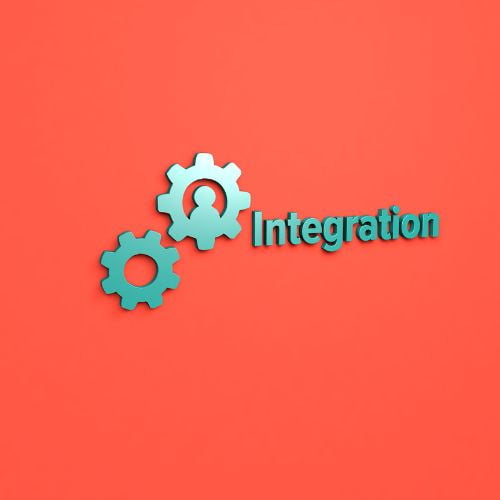What is contingency planning and risk management? How can a fixed asset register help with every aspect of your plan and management? Read this article now!
Making the Switch to Asset Tracking Software: A Guide for Businesses
Making the Switch to Asset Tracking Software: A Guide for Businesses
Even though we live in the computer age, there are still businesses that have not yet switched to using asset tracking software. Some of these businesses may not have a lot of assets, others may have countless. Some businesses may still rely on spreadsheets, others could be quite disorganised. Whatever the case may be, it’s time to make the switch. Here’s why:
Why You Should Make The Switch
Making the switch to asset tracking is a very good idea. When you do, you will be able to control all of your assets in new ways. You will be able to see who is using what assets, whether they have recently undergone maintenance, and who is waiting to use the asset.
One of the more important features of asset tracking is that you can do just that, track your assets. With the use of an RFID tag or a barcode, you can see where your assets are all day, every day. So, if you wish to see where some or all of your assets are at 11am, you can. You can track your assets from:
- Your laptop
- Your phone
- Your desktop computer
- Your tablet
As long as you are connected to the internet, you can track your assets. You can track your assets:
- At home at 11am
- On the bus at 8am
- On the train at 1am
- On a plane at 3am
- In your hotel room at midday
With the ability to track your assets no matter where you are (or what time it is), you can have more control over them. You can also see how often they’re used, where they’re used, and whether they need to be repaired. Later on in this article, we will take a look at the additional benefits of making the switch.
How To Make The Switch To Asset Tracking Software
Making the switch to asset tracking software is relatively easy. You need to affix an RFID tag or a barcode to each of your assets. Don’t worry, these are usually provided to you when you sign up for the software.
Now, all that you need to do is to log into the tracking software and scan every barcode or RFID tag. When you do, you will see that a digital profile has been created. Once created, the profile will allow you to add as much or as little information about each asset as you wish.
You could, for example, add the following information:
- The asset’s name, model and make
- The asset’s warranty and insurance details
- The asset’s date of purchase and price
- The asset’s maintenance history
- The asset’s life expectancy
- A photograph of the asset for quick identification
- Any other information that you wish to add
You could make the switch today and start adding your assets to your new asset register. Do one room/warehouse/yard/office, etc at a time so make it easy on yourself. you’ll soon have an asset register that works for you.
The Benefits Of Making The Switch
Some of the benefits of making the switch to asset tracking include:
- You can have much more control over your assets all day, every day
- Your assets will instantly become more secure
- You can see who is using which asset at any time of the day or night
- You can track your assets with ease
- You can potentially eliminate ghost assets
- You can create a maintenance record for every asset so they stay in good working order
- It’s easy to update a lot of assets all at once
- You can check assets in and out
- Public profiles can be created for more transparency
- Creating and exporting reports allows you to access important data
- You can access the tracking software no matter where you
Did you know that having more control over all of your assets allows you to see your business from a new perspective? You can have a lot of information to hand, some of which you may never have had access to before. With this information/data, you can potentially steer your business in a new direction.
Why There’s No Time Like The Present
You’ve no doubt heard the phrase “There’s no time like the present”. It’s a phrase that rings true right now. If you’re considering making the switch, do it now. You will start to reap the rewards that come with using software that tracks your assets. It’s also likely that you’ll find it has more benefits than you ever realised. More and more businesses are now using software that tracks their assets, and you can too. Come out of the dark ages and use software that can realistically benefit your business.
Wish to chat with someone knowledgeable about asset tracking software? Contact us now at team@itemit.com.
The Best Asset Tracking Software To Switch To
Choose a better way to track your assets
Start your free 14-day trial now
Instant access. No credit card details required.
Related articles
Contingency Planning, Risk Management And Your Asset Register
Hospital Equipment Tracking Made Easy
Find it hard to track hospital equipment? Learn how using equipment tracking software can make tracking everything so much easier!
Tips For Lengthening Your Asset’s Life
How can you lengthen your asset’s life? Can pre-emptive maintenance help? Can anything else help? Read this article now to get some useful tips!





